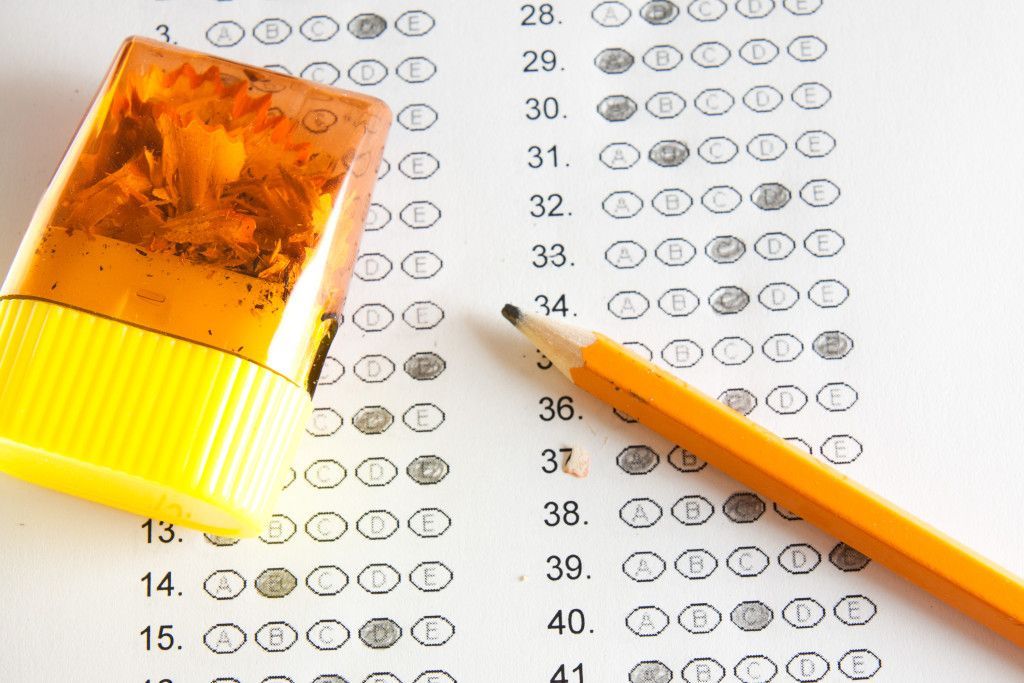UNDERSTANDING THE COMMON CORE, THE 3RD GRADE READING GUARANTEE, AND PARCC
It’s hard to believe that we’re already in February and that the testing season is upon us. In recent months, you may have started hearing words and phrases like “PARCC,” “Common Core,” and “The Third Grade Reading Guarantee.” Yes, you know that these words all pertain to your student’s education, but what do they mean? How are they different and where do they come from? Who decided to implement these? Well, let’s see if we can clear up a few of these questions.
COMMON CORE
Q: What is the Common Core?
A: Common Core outlines what every student is expected to know and be able to do at the end of each grade level. These English language arts (ELA)/literacy, and math academic standards are designed to make students more prepared for both colleges and careers.
Q: Who created the Common Core?
A: The Common Core was created through a collaboration of teachers, educational experts, superintendents, and researchers. While the development of the Common Core was created on a national level, the actual implementation is managed locally and by each state.
Q: Where has the Common Core been implemented?
A: Forty-four states are currently practicing the Common Core. Alaska, Indiana, Nebraska, Oklahoma, Texas, and Virginia are not.
Q: How does the Common Core affect my student?
A: The Common Core dictates what your student should be capable of doing at the end of each grade level, K-12. It also indicates what they should know. The goal is that these benchmarks will ultimately prepare your student for a more successful future as they enter the workforce or pursue a college education.
Q: How is the Common Core assessed?
A: The state of Ohio uses the PARCC examination to assess students’ knowledge of the Common Core.
PARCC
Q: What does PARCC stand for?
A: PARCC stands for the Partnership for Assessment of Readiness for College and Careers.
Q: Who is part of PARCC?
A: Including Ohio, there are twelve states that make up PARCC, plus the District of Columbia.
Q: Why were the PARCC assessments created?
A: After the creation of the Common Core, it was felt that a new tool was needed to properly assess the new standards.
Q: What is to be expected on the tests?
A: The PARCC assessments are only for students in grades 3-12. The goal is for all PARCC tests to be administered online. The subjects on the test will be mathematics and English language arts (ELA)/literacy. There will be a combination of multiple-choice questions and written responses. Since these new tests are expected to evaluate more than previous tests, the PARCC is expected to be more difficult.
Q: Who created the PARCC assessments?
A: The PARCC assessments were developed by Pearson and Educational Testing Services (ETS), each of whom also worked with subcontractors.
Q: What makes up the PARCC assessment?
A: There are multiple parts of the PARCC assessment:
- Diagnostic Assessments are optional and can be giving at any time throughout the year to help identify a student’s strengths and weaknesses in ELA/literacy and mathematics.
- Mid-Year Assessments are also optional and are designed to help the schools make decisions and improve their techniques.
- Performance-based assessments (PBA) are mandatory and are given toward the end of the school year. This exam tests the student’s knowledge of ELA/literacy and math.
- End-of-year assessments (EOY) are also mandatory and are given at the end of the school year. The results will be combined with the PBA to acquire an overall score.
- Speaking and Listening Component in mandatory and can be given at any time during the school year. This tool tests proficiency in ELA and literacy. (As of now, this score will not be combined with PBA and EOY scores.)
THIRD GRADE READING GUARANTEE
Q: What is the Third Grade Reading Guarantee?
A: The Third Grade Reading Guarantee was developed by the state of Ohio to help identify young students (K-3) in public schools that are behind in reading.
Q: How does the guarantee work?
A: Students in K-3 are tested in the beginning of the year on their reading skills. If the student scores below grade level, the school is required to develop a reading plan to help improve the student’s skills. The plans go into effect within sixty days and include extra reading time for as long as the child needs more help.
Q: How often is the Third Grade Reading Guarantee assessed?
A: At the beginning of each school year, your student’s teacher will determine his/her reading level. If your student is not reading at grade level, a reading plan will be created. Your student may still pass on to the next grade level even if he/she has a reading plan.
Q: What happens to my student when they enter the third grade?
A: In third grade, a fall and spring achievement test will be administered to all students, regardless of their reading level. Your student has two chances to earn a passing score of 394 or higher. If your student earns a passing score, he/she can go ahead to the fourth grade. If your student scores below a 394, he/she will stay in the third grade. Your student can still work on fourth grade materials, if they are ready and could be passed on to the fourth grade mid-year.
Q: Are there any other opportunities for my child to pass the third grade achievement tests?
A: In addition to the fall and spring tests, your student may be able to take up to two alternative tests. These tests are presented throughout the school year and sometimes in the summer. However, these alternative tests are funded directly by the school, so ask your teacher if any of these tests will be available and if your student is ready.
Q: If my student does not pass into the fourth grade, what can be done to improve their reading?
A: Your student will still receive reading help as they repeat the third grade. You may also ask for additional reading tutoring for your student. The tutoring will be provided by an outside service will be selected and paid for by the school.
For more information on these topics and more, please visit my sources: www.education.ohio.gov, www.corestandards.org, and www.parcconline.org.








